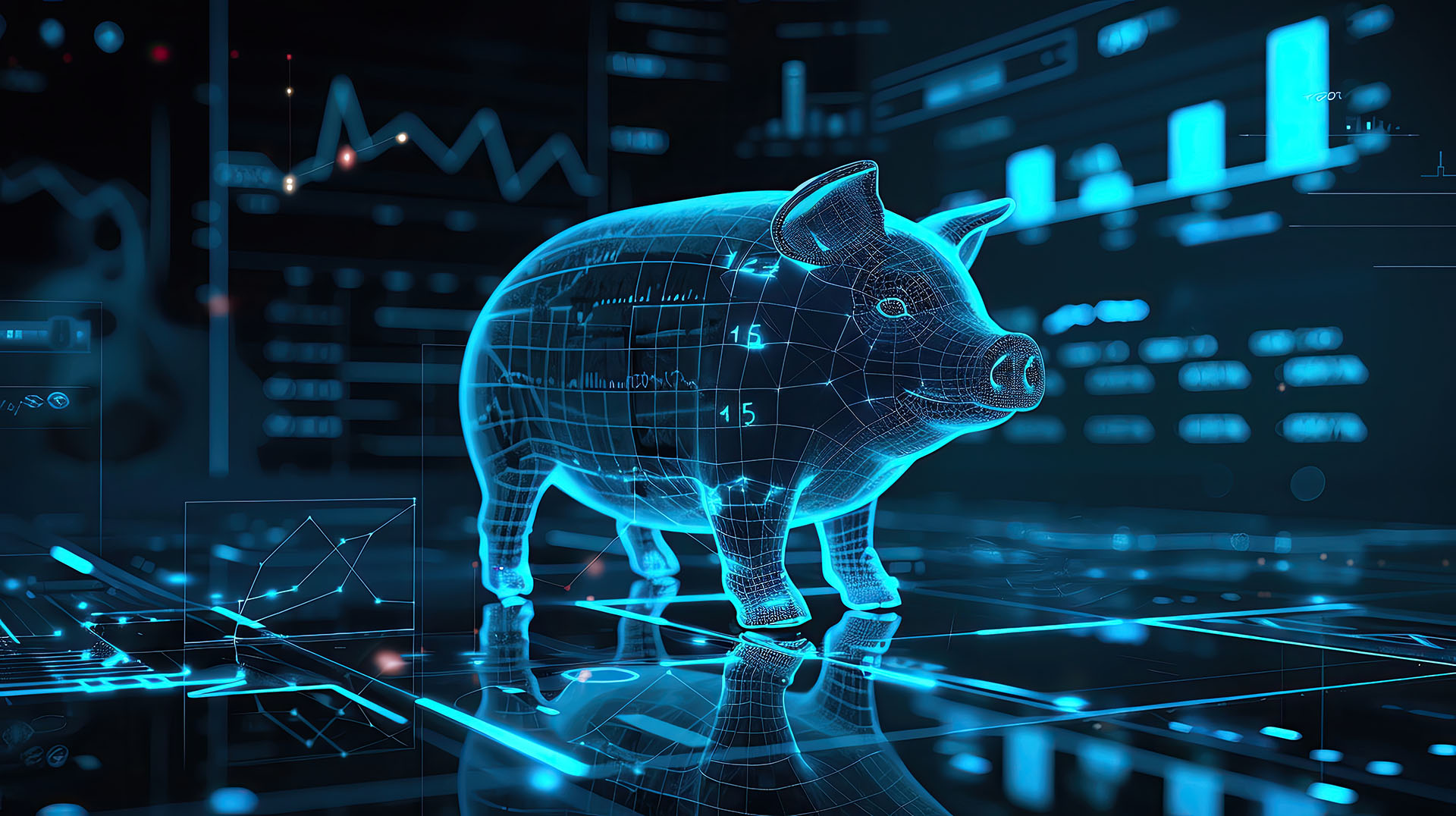18 August 2025

Australian investors finally had time to breathe after the RBA took their first monthly break since beginning one of the fastest rate hiking cycles in history. It’s been a good opportunity to digest the economic data coming out of the US and observe how the market is reacting.
Australian investors finally had time to breathe after the RBA took their first monthly break since beginning one of the fastest rate hiking cycles in history. It’s been a good opportunity to digest the economic data coming out of the US and observe how the market is reacting.
The big news late last week was US inflation falling to its lowest level in more than a year, with the CPI coming in at 6.5%. This was a much welcome sharp decline from it’s June peak of 9.1%, and it potentially opens the door for the Fed to slow their pace of tightening. The main questions now remain what the terminal will end up being, and how long will it have to stay there.
Equity markets seem to have forgotten the meltdown they experienced back in June early on in the rate hiking cycle, and again in October when inflation looked sticky and there was greater uncertainty around corporate earnings. As at 18 January 2023, the ASX 200 is only a little over 3% off it’s all time high, the S&P 500 is up almost 15% from the low and the VIX is down around 50% from the high.
The market’s forecast of the RBA’s terminal cash rate sits at 3.72% as at January 13, down from 4.25%. At the same time, the Fed’s is 4.9%, only modestly down from 5% but with investors pricing in 3 rate cuts to come in by January 2024.
The market’s sudden optimism could be contributed to the positive intricacies of the CPI data, which technically showed three month annualised core inflation at 3.1%. Or, in a somewhat dire assertion, the market could be placing faith in central banks taking their foot off the gas and even slamming on the brakes at the right time to avoid detonating one of the many hidden land mines that are very present in the fragile global financial system.
There are vast amounts of undisclosed leverage and potentially insufficient liquidity in the shadow banking sector that force the serious contemplation of what level of systemic risk investors are taking on by maintaining exposure in equity markets.
Even in the highly regulated banking sector, an unprecedented cash crunch is underway where the banks that are expected to be well capitalised enough to withstand the darkest of storms after the GFC are being called upon to pay back almost $200 billion of cheap pandemic loans. These were fixed at historically low interest rates for a maximum of three years, and are due before 2024, at the same time many Australian people and businesses are also getting to the end of their fixed interest loans.
It will still take some time for the full effect of this cycle to be felt, and despite the market pricing in decent earnings and low volatility – this is sensitive, unchartered territory that must be closely monitored.
Past performance is not a reliable indicator of future performance.
Sources:
- Austrlian Financial Review, Banks could get boost if $200b subsidy is extended: Citi
- Australian Finacial Review, Interest rate rises could end sooner than you think
- Australian Financial Review, Interest rate rises risk a financial earthquake
- Australian Financial Review, Rate peak is in sight, but pain will linger
- Financial Times, US inflation falls to lowest level in more than a year
- Investing.com, S&P/ASX 200 (AXJO)


